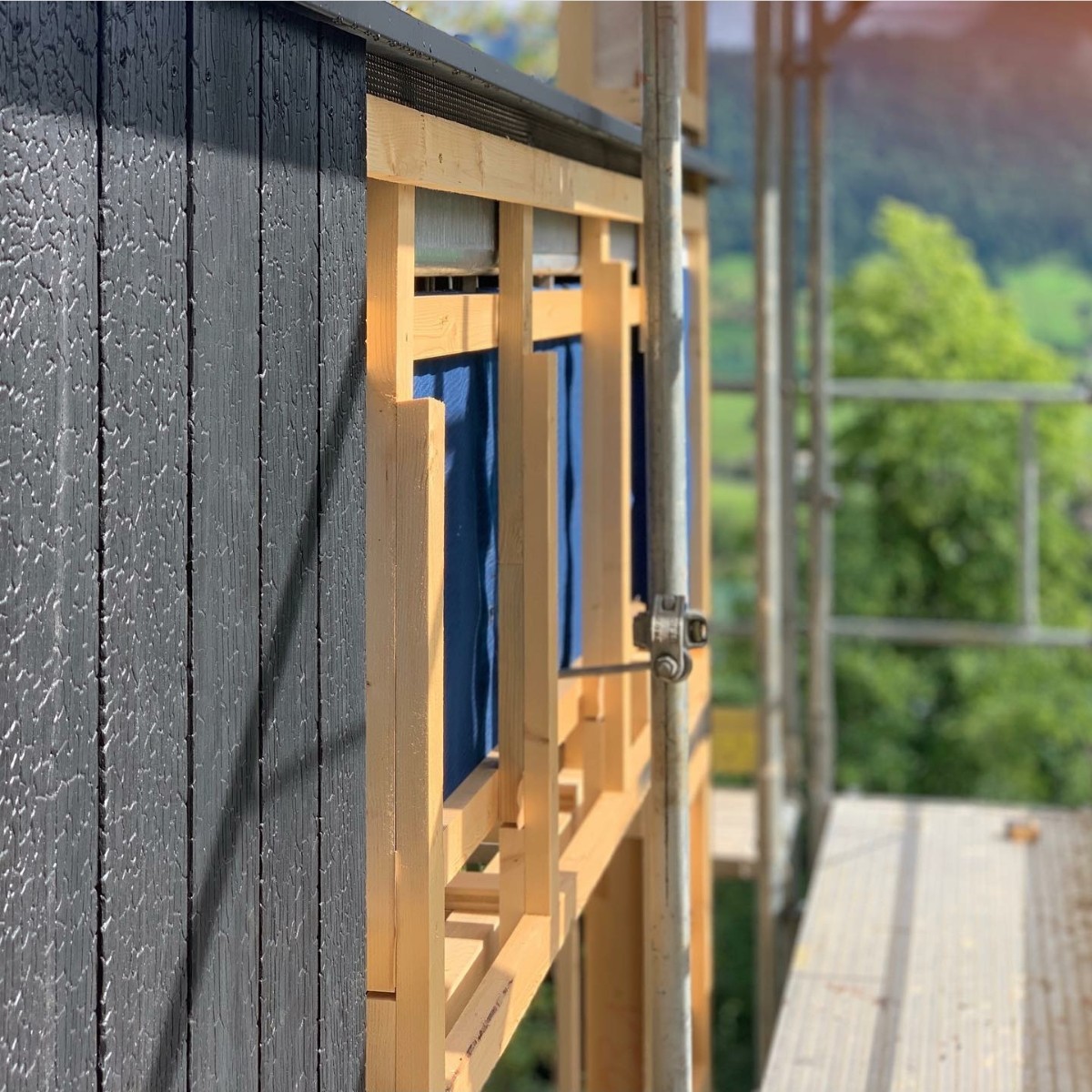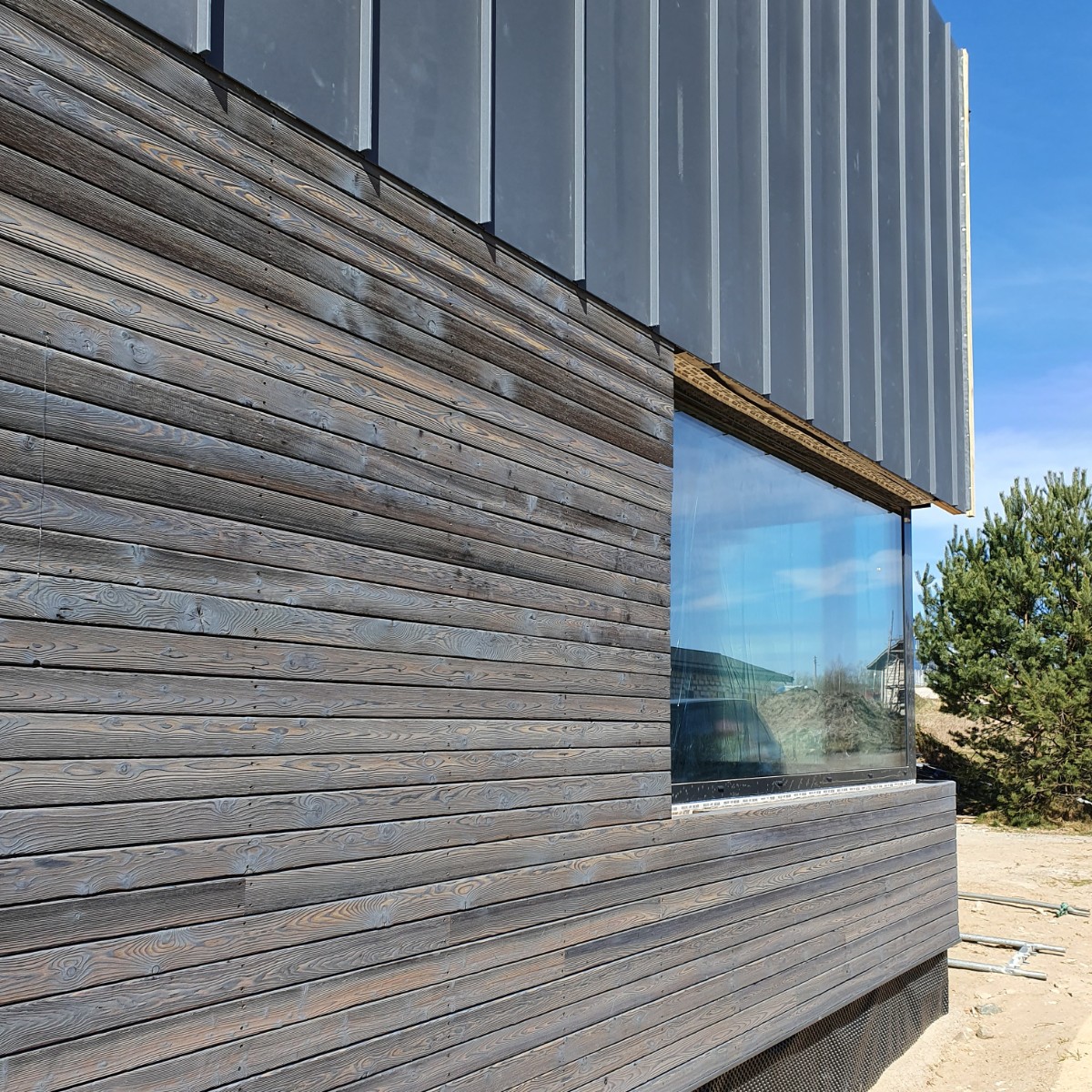Cladding Cleaning – How is it Done
Suitable cladding always makes a building a lot more attractive, but a worn-out appearance can become rather unwelcoming as time goes by. Poorly maintained facades deteriorate faster, and could also quickly turn into an eyesore, giving a bad image to your neighborhood. Luckily, keeping your home or business picture-perfect is easier than it looks.

Cladding is the outermost shield of your building. It can be made from charred wood, stone, glass, greenery, vinyl, brick, and several other materials depending on your needs, taste, and budget. Although it’s often used as a merely decorative component, it also works as a protective barrier in most cases. Exterior siding continuously bears with UV damage, repeated changes of temperature, weather conditions, pollution, and the potential growth of mold, moss, lichen, and algae that can accumulate and become corrosive. Being constantly exposed to the elements can take a toll on your facade, causing it to look dirty and dull, leading to irreversible damage in the worst-case scenario.
To keep your siding looking sharp and prolong its life span, having it professionally cleaned on a regular basis is a must. It’s impossible to protect it from the effects of time entirely. After all, everything wears out eventually. However, routine cleaning removes the unwanted build-up of dirt and pollutants and slows down the harm they might cause. When neglected, materials used in exteriors can easily become stained and weakened, which decreases their longevity and creates additional repairing or replacement costs. To avoid these problems, proper care and maintenance are critical.
Cladding Cleaning Methods
When talking about cladding cleaning, it is essential to keep in mind what kind of materials we’re dealing with. That way, we can understand which technique is the most appropriate and which products are needed to obtain the best results. A skilled professional will know how to achieve the most desirable finish without compromising the surface.
Most materials will be fine when just using pressured water at different temperatures to soften and remove debris and any organic growth. Depending on the hardness of the soiling and the material’s sturdiness, you can achieve this with low or high water pressure.
When cleaning metals like aluminum or zinc, where pressure washing may not be a suitable method or could be too harsh on the siding, you can use brushes on water-fed poles to dissolve dirt while simultaneously rinsing it out. This way, you’ll avoid the high impact of the pressured water that can end up denting or even speed up further rusting.

Some plastics may be easier to clean. PVC and vinyl cladding may be hand-washed with soap water and a gentle brush or sponge. On the other hand, masonry or extremely porous brick might require a softer approach, like applying low-pressure steam.
Wood can be trickier to wash since water is one of the main reasons for its decay. It’s essential to check the supplier’s instructions and make sure to apply a protective coating to ensure a longer lifespan. Wood preservation techniques like charring or burning can significantly decrease the maintenance required to keep your cladding looking spotless.
When to Clean Your Siding
At the moment of installation, most contractors will tell you how often to clean your cladding for optimal results, or even provide you with a manual. Many manufacturers, regardless of the material used, demand a specific frequency of cleaning for them to keep on honoring the guarantee. However, if they didn’t provide you with this information, a good rule of thumb is closely monitoring your claddings exposure to the elements and the climate variations at your specific locations. Extreme and sudden temperature changes can make siding more vulnerable to dampness and rust, causing fading and discoloration. UV radiation and heat cause paint to dry off and flake. If you keep an eye on these fluctuations, you’ll be able to easily notice when it’s time to give your cladding some love.
Best Products for Siding Cleaning
There are several very effective cleaning solutions in the market. The best products you can choose are the ones with a neutral pH. They are non-abrasive and eco-friendly. These products will gently remove all the environmental and organic build-up, leaving behind an added coat of wax and silicone for a fresher finish. In some cases, experts may also use restorative gels or creams followed by a hydrophobic coating layer to protect your siding from unwanted moisture even further. Depending on the material you’re treating, it’s sometimes recommended to apply a good biocide that will eliminate any live growth, thus stopping mold, algae, or moss from spreading.
The tools required to get the job done may vary according to the height of the structure. Cleaning higher buildings might call for access platforms, scaffolding, and cradle systems to reach every angle.
Leave It to the Experts

Before you attempt to take it into your own hands, it is essential to emphasize that cladding cleaning is not an easy task that can be performed by just anybody. While it might look like a perfect summer DIY project that will save you some hard-earned money, hiring an experienced professional is recommended to prevent any further damage. Deep washing may require chemical substances that can be dangerous for your health. Doing it yourself will not only be exhausting and time-consuming. More importantly, if you do it incorrectly, it may be counterproductive and compromise your siding quality, which can get very expensive to fix.
Looking for a Hassle-Free Option?
If cladding cleaning seems like a lot of work, going with a siding option that doesn’t require much upkeep might be a good idea. If you’re looking for a great alternative to achieve a timeless-looking facade with durable materials that need little to no maintenance, the ancient Japanese wood charring technique known as Shou Sugi Ban or Yakisugi is an excellent option. Charred wood requires the bare minimum to keep it looking vibrant, as all it takes is a coat of orange oil every 10 to 12 years.
Our products are 100% natural, unique, perfect for all architectural styles, and can last well over a century with minimal maintenance. We provide wood charring services and a wide variety of quality charred timber, including Accoya, larch, pine, spruce, and cedar with worldwide shipping. Whether you’re looking for flooring, decking, fencing, or any other indoor or outdoor solution, our products offer limitless designs and patterns that can turn all your ideas into reality.